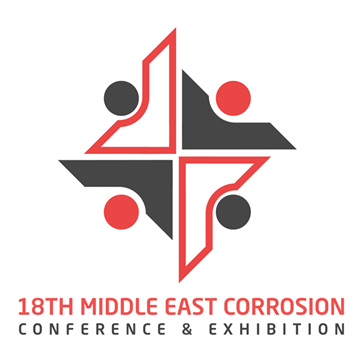Search
Conference Papers
View as
Sort by
Display
per page
The Corrosion of Electrocoated Steel Studied by a Combination of Accelerated Exposure and Electrochemical Methods
Product Number:
51324-21121-SG
Publication Date:
2024
$40.00
The Corrosion Susceptibility Index- A Physics-Based Indicator of Localized Corrosion and Environmental Assisted Cracking Susceptibility for Alloys
Product Number:
51323-19408-SG
Publication Date:
2023
$20.00
The Critical Truth Regarding Aerospace Coatings in the 21st Century
Product Number:
41213-795-SG
Publication Date:
2013
$20.00
The Curse of the Mummy: Mysterious Tank Lining Failure in WAV Vessels
Product Number:
41214-841-SG
Publication Date:
2014
$20.00
The Curse of the Mummy: Strange Discoveries in the World of Coating Failures
Product Number:
41208-439-SG
Publication Date:
2008
$20.00
The Design and Operation of a Multi-System Approach for Cathodic Protection Systems of Inter-Bonded Complex Plants
Product Number:
51323-19264-SG
Publication Date:
2023
$20.00
The Determination of the Chloride Threshold of Stainless Steel in Concrete – A Review
Product Number:
51321-16179-SG
Publication Date:
2021
$20.00
The Development of a New Accelerated Corrosion Test Method Using Controlled Relative Humidity
Product Number:
51323-19475-SG
Publication Date:
2023
$20.00
The Development of Electronic Data Gathering for the US Navy Robust Functional Paperless Paint Project (RFPP)
Product Number:
41214-809-SG
Publication Date:
2014
$20.00
The Development Of Environmentally Acceptable Corrosion Inhibitors For Sour Applications
Product Number:
51322-18006-SG
Publication Date:
2022
$20.00
The Development Of Eta Function For Notch Tensile Testing Of Sulfide Stress Cracking (SSC) Susceptibility
Product Number:
51322-18000-SG
Publication Date:
2022
$20.00
The Development of Highly Corrosion Resistant PH Nickel Bar for Sour Oil and Gas and HydrogenStress Cracking Resistance
Product Number:
MECC23-20363-SG
Publication Date:
2023
$20.00














